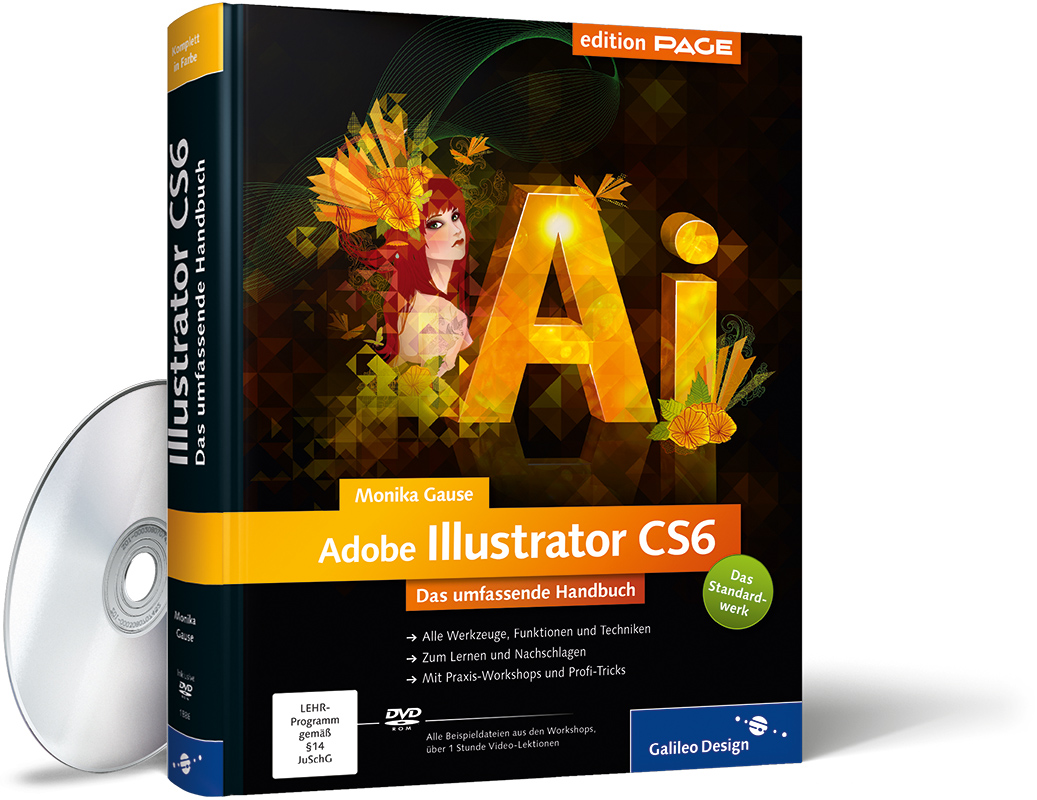


A new layer called Vector Smart Object appears in the Layers panel.īecause the layer is a vector smart object, we can apply smart filters in Photoshop, which gives us tons of room to experiment with different settings or multiple filters. If necessary, Shift-Option-click (PC: Shift-Alt-click) a corner of the bounding box and drag it to resize the shapes proportionately from the center, and press Return (PC: Enter). Select Edit>Paste and in the dialog, click on the Paste As: Smart Object. Press Command-C (PC: Ctrl-C) to Copy the two objects from Illustrator and then switch to Photoshop. Note: If you don’t see your strokes widening when you release the mouse button you’re probably in Outline viewing mode press Command-Y (PC: Ctrl-Y) to change your viewing mode to Preview so you can see what’s going on. The advantage of this tool is that it’s a “live” effect, which means that you can edit the widths at any time. Using the Width tool (Shift-W), click-and-drag on the anchor points (or any portion of a path) to interactively change the width of the lines. Shift-click the first object to select both objects, click on the Fill swatch, then click the None (/) icon below to remove the fill colors. Using the Selection tool (V), select the other object, and apply the same color for its Stroke. Now choose a slightly darker version of this color (here C6761E) and click OK. Back in Illustrator, double-click the Color Stroke and in the Color Picker, click on the # symbol to select the hexadecimal value, then select Edit>Paste. In Photoshop, click on the Background color swatch, click-and-drag the hexadecimal number (F7941D in our example), choose Edit>Copy, then click Cancel.

Go to View>Perspective Grid>Hide Grid when finished to view the objects against a blank background. In this case we’ll create two separate objects, which will ultimately give us more options. Select the Perspective Grid tool (Shift-P) to see a grid in the background of your document, then use the Pen tool (P) to create a couple of shapes.

Open Illustrator CS5 and create a new document (File>New). Of course, it could be filled with a gradient or have some texture, but for this example we’ll stick with a solid color. Fill your background with this color by pressing Command-Delete (PC: Ctrl-Backspace). Create a new document (File>New) in the size you need and then click on the Background color swatch and choose a color (we used R:247, G:148, B:29). Let’s imagine that we need to make an interesting background in Photoshop CS5.
Adobe illustrator cs5 typography tutorials how to#
Here’s an idea on how to use Adobe Illustrator CS5 and Adobe Photoshop CS5 to experiment with the goal of getting your own happy accident, although not quite so accidentally. They’re anticipating a certain reliable outcome but end up with something cooler than the original plan.
Adobe illustrator cs5 typography tutorials free#
Today, we will create some cool 3D text using this free architectural application.Many people use the term “happy accident” to describe an unexpected result they come across while working towards an unrelated end goal. Its power, however, can be significantly increased by using it in tandem with another application like Illustrator, Cinema 4D, or in this case, Google Sketchup. How To Use Google Sketchup and Photoshop to Create 3D Typography: Photoshop is a powerful application on its own merits. How To Use Google Sketchup and Photoshop to Create 3D Typography This tutorial will only work with the CS5 version and I believe it won’t take you too much time. In this tutorial I will show you how to create a text effect using a photo of a rope and the Puppet Warp tool. Cool Text Effect with the Puppet Warp Tool in Photoshop CS5


 0 kommentar(er)
0 kommentar(er)
